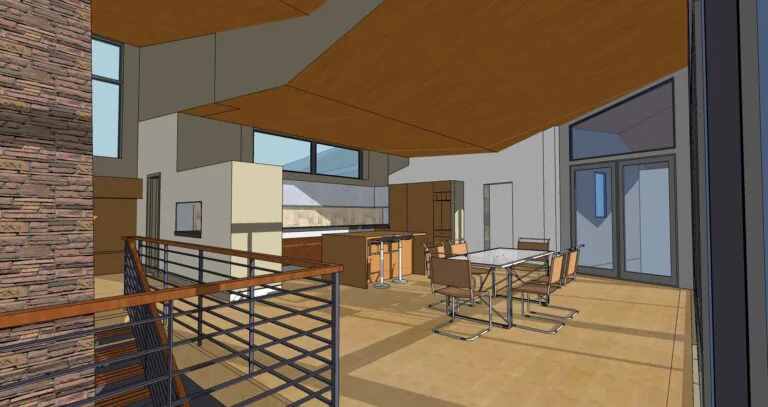Back at school in the 1980’s there was a lot of emphasis placed on having a concept. It was an era of reaction against 1970’s architecture of banal shopping malls and public structures. Work was thin, and architects were looking far and wide for inspiration. A concept could come from anywhere–a story, work of art, social agenda, theory, geometric form, whatever. What mattered was how the concept was translated into form, and that’s how it was judged. If you could weave a compelling tale of meaning during your critique, it was of no matter how your project stood up or if there were any bathrooms. You could learn all that practical stuff in an office. Design studio was a place to find your voice. The emphasis on concept did keep us pushing ourselves to find paths worthy of exploration.
For me that search continued into practice, with each project being an opportunity to create something purposeful and unique for a particular customer and site. Though I find the notion of concept still important, I discover it more often through the act of design rather than trying to pin it down before starting. To describe the process I’d say it’s an exploration of the relationship between form and the narrative of use. I might begin with one or the other, though ultimately architecture is about how the two are woven together. In the discovery of that synthesis there is a kind of alchemy that can happen, when the two come together with what feels like a certain inevitability. Giving a specific name to the concept might not be easy, or it might even come long after the project is built.
